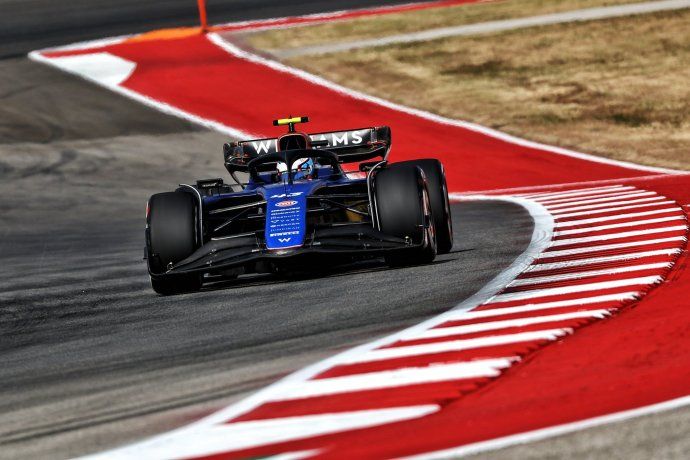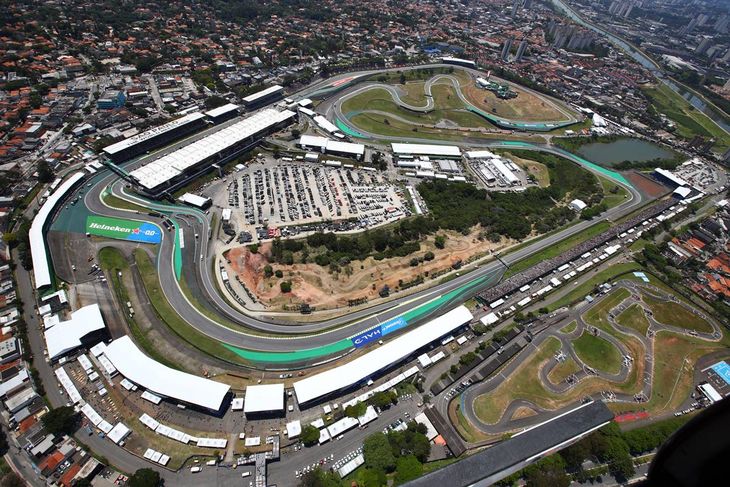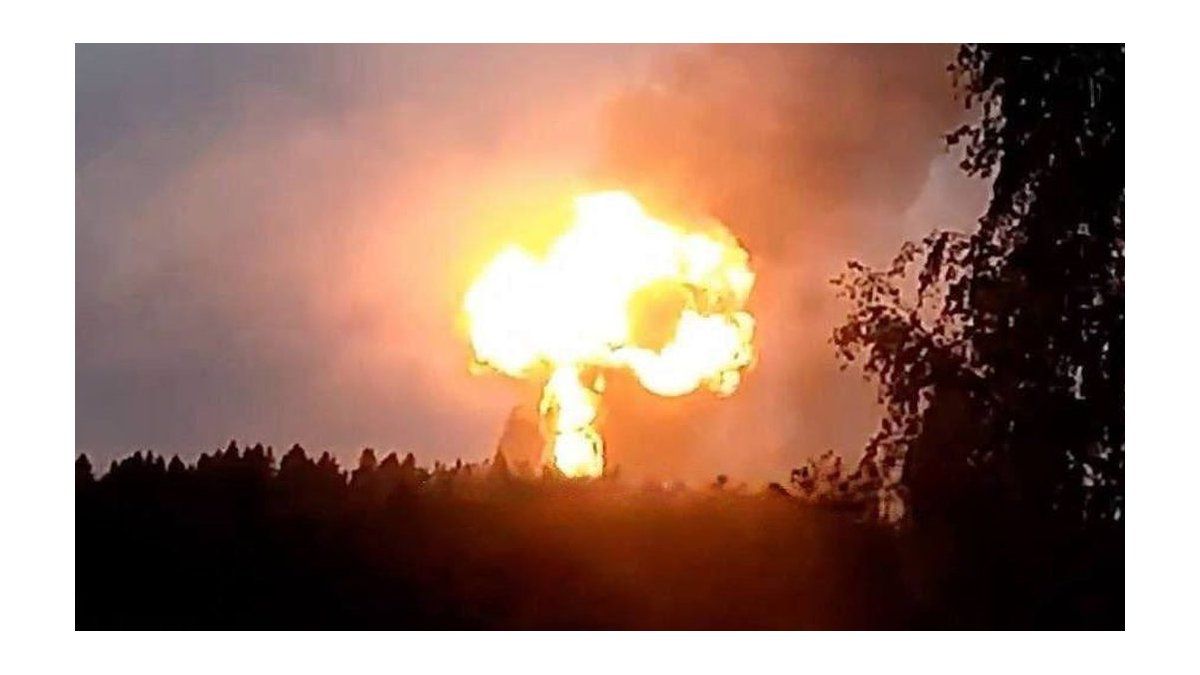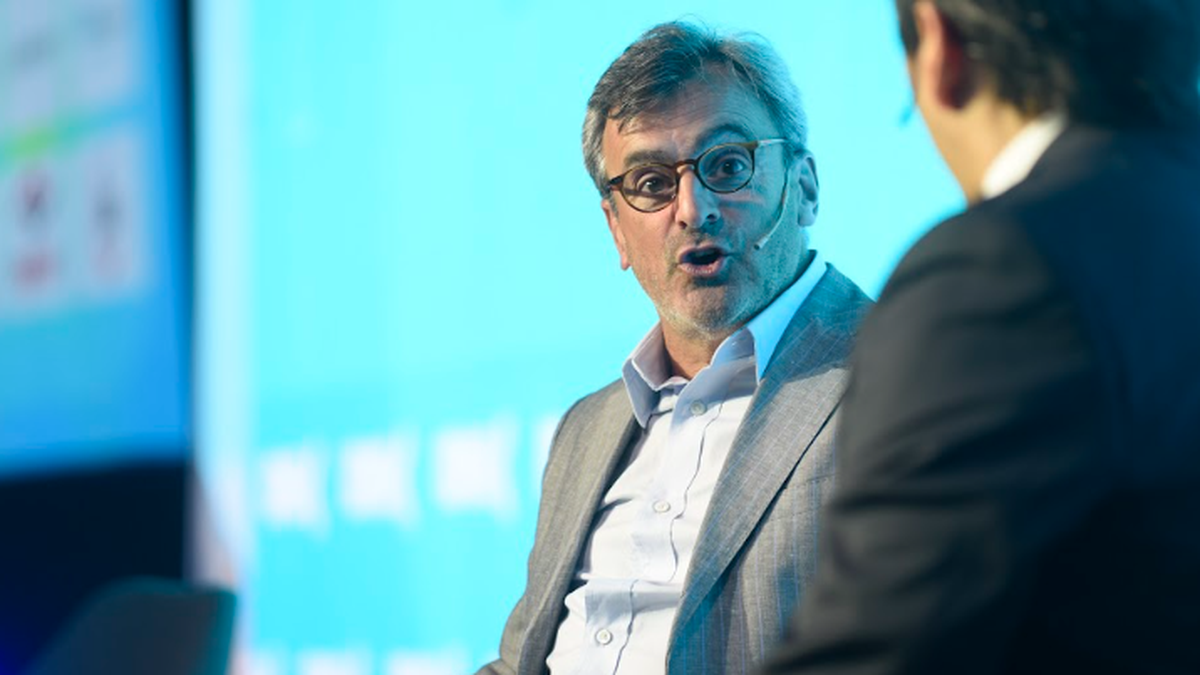Franco Colapinto, with the Argentine flag raised, faces the challenge of Interlagos, an emblematic and technical circuit in Formula 1. Find out the details of the Brazilian Grand Prix.
Franco Colapintothe talented Argentine driver, continues to gain followers in motorsports after his performance during the last races in the highest category. Now, he prepares for the Brazilian Grand Prix at the Interlagos Circuita key race in his career in Formula 1, where Williams expect good results on a track famous for its history and high technical demand.
The content you want to access is exclusive to subscribers.
In it recent Mexican GPColapinto stood out finish in 12th positionadding experience in the category. Your teammate, Alex Albonhad an unfortunate abandonment due to mechanical problems. The race was dominated by Carlos Sainz of Ferrariwhile the intense rivalry between Max Verstappen and Lando Norris keeps the outcome of the championship in suspense. Interlagos promises to be an event full of maneuvers and challenges in a iconic circuit of Formula 1.


colapinto austin williams.jpg

Franco Colapinto, racing in Formula 1 with Williams
@WilliamsRacing
Characteristics of the Interlagos Circuit
The Interlagos Circuit, or Autódromo José Carlos Pace, is one of the most legendary and technical tracks in Formula 1. With 4,309 kilometers long and 15 curvesstands out for its challenging design that combines fast sections with tight curves and sectors that demand control and precision.
- Counterclockwise: One of its peculiarities is that runs counterclockwiseunlike most circuits. This adds an extra physical burden for pilots, as it increases pressure on the right side of the body, especially in the neck and shoulder area.
- The S of Senna: The most famous corner on the circuit is S for Sennalocated at the end of the main straight. It was designed in honor of the legendary Ayrton Senna and is characterized by intense braking where many drivers try to overtake. It is one of the key sections of Interlagos, as it requires skill to brake, take the curve and exit quickly towards the next sector.
- Unevenness and Banked Curves: This circuit presents changes in height that require a constant adjustment in the speed and control of the vehicle. The banked curves help maintain speed at the exit and favor overtaking maneuvers, giving a challenging and characteristic touch to the track. These unevenness also affect the set-up of the car, since the grip in certain corners is less.
- Classic Inspiration: The track was designed inspired by historical circuits such as Brooklands in the UK, Roosevelt Raceway in the United States and Montlhery in France. This gives Interlagos a classic and technical design, which combines long straights with a style of fast corners and a section of winding sections in the style of early racing circuits.
- Mixed Sector In the mixed sector, drivers must go through a series of curves and countercurves that require quick steering maneuvers. This section of the track is challenging due to the changes in inclination, which requires precise technique and knowledge of the layout to avoid losing speed.
- Traction and Braking: The Interlagos configuration demands a perfect balance between traction and braking. The setting up of cars should focus on finding the right balancesince the track combines straights where maximum acceleration is key with slow corners where traction is essential. Additionally, as it is a track that tends to have changing weather conditions, teams must prepare for possible rain that can make the surface even more complex.
- Wind and Temperature: Another factor that usually influences Interlagos is the weather. The circuit is located in an elevated area, and temperatures can vary, affecting the grip of the tires and the performance of the cars. Additionally, wind in certain areas of the track can affect the car’s stability on the straights, adding a layer of complexity to driving.
- History and Key Facts: The first Brazilian Grand Prix at Interlagos was held in 1973. The circuit has witnessed countless historic moments in Formula 1, such as decisive victories and intense battles between the best drivers in the world. The fastest lap in the race was set by Valtteri Bottas in 2018with a time of 1:10,540. The Brazilian Grand Prix is held in 71 lapscovering a total distance of 305,879 km.
Interlagos-3.jpg

2024 Brazilian GP Weekend Schedule
- Practice 1: 12:30 (local time)
- Rating: 16:00
Saturday
- Practice 2: 12:00
- Sprint race: 16:30
Sunday
- Brazilian Grand Prix: 2:00 p.m.
Source: Ambito
I am an author and journalist who has worked in the entertainment industry for over a decade. I currently work as a news editor at a major news website, and my focus is on covering the latest trends in entertainment. I also write occasional pieces for other outlets, and have authored two books about the entertainment industry.




